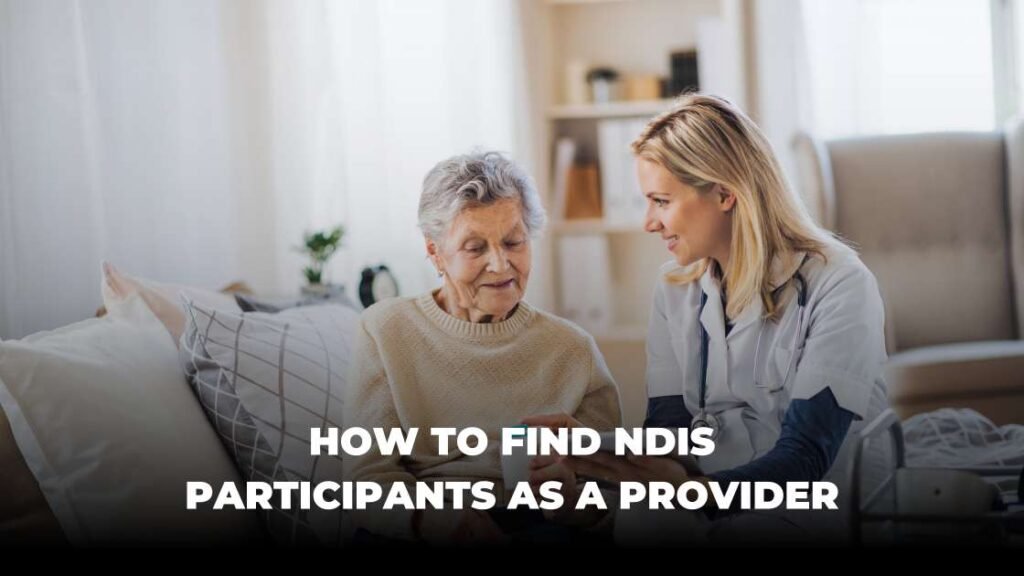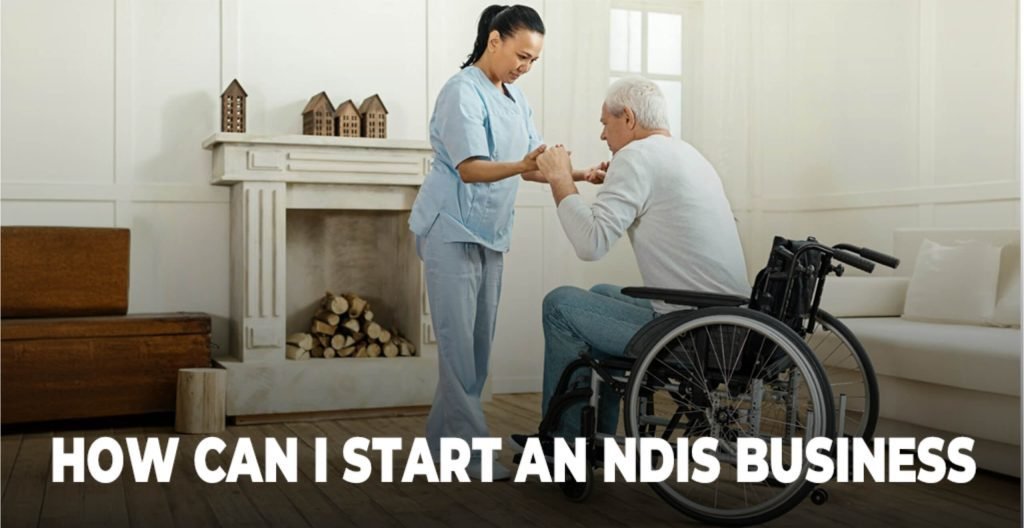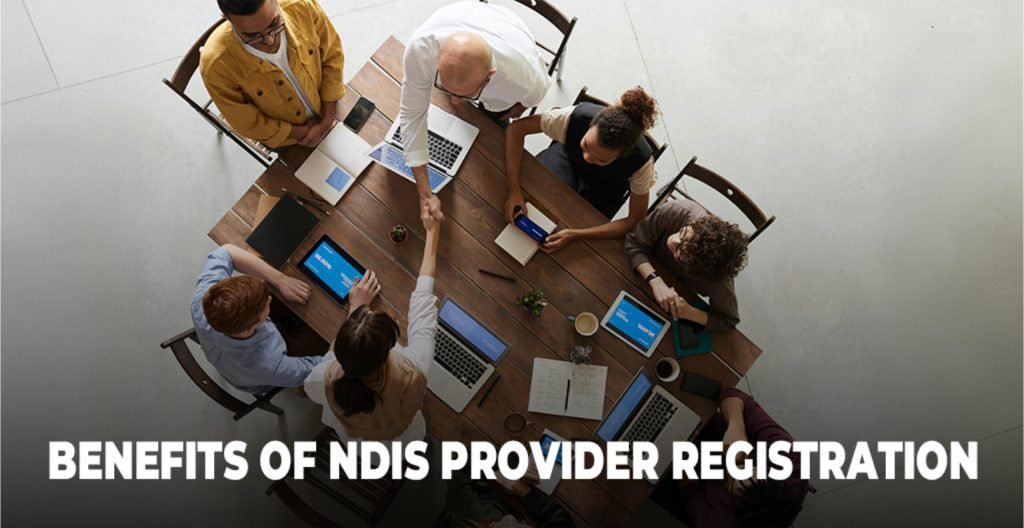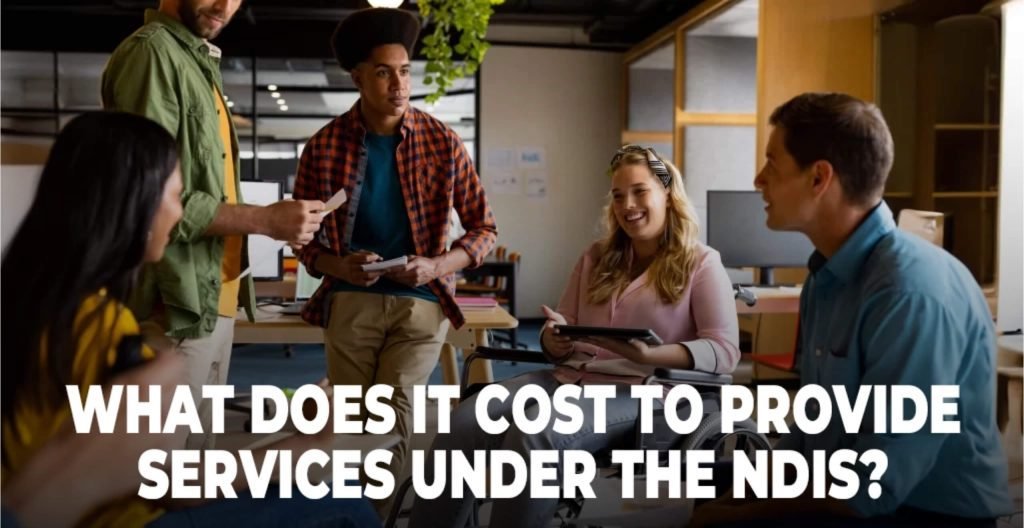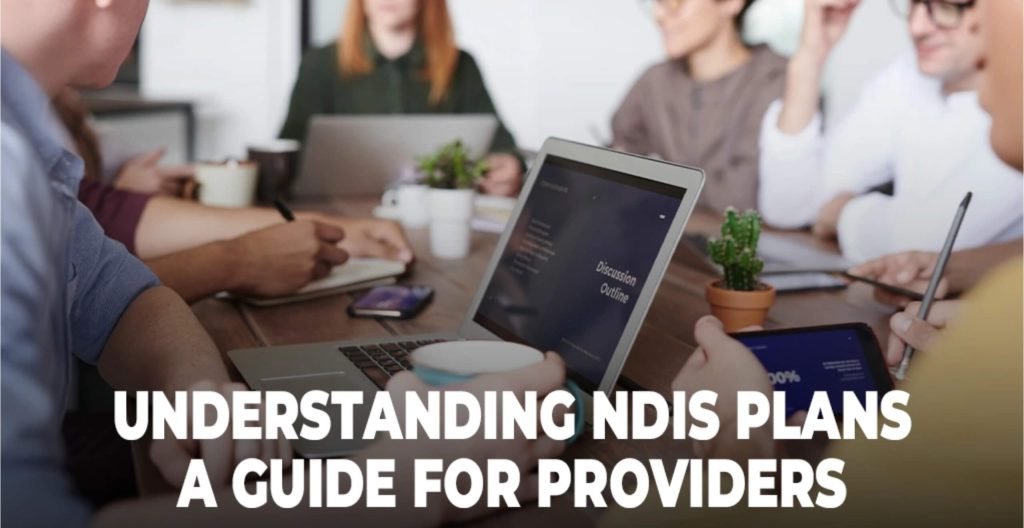Do’s and Don’ts for Promoting Yourself as an NDIS Provider:
Marketing yourself effectively as an NDIS provider is crucial for reaching potential clients and growing your business. The following section outlines key dos and don’ts for NDIS providers.
1 Do prioritise the needs of NDIS participants
Your business wouldn’t exist without NDIS participants. Shift your focus to becoming more client-oriented. Consider how your services and products can best serve your customers, engage with them directly, and adapt your offerings to meet their needs. This approach will help foster brand loyalty.
2 Do develop a robust social media strategy
According to 2024 data from Social Media News Australia, over 85% of Australians use social media platforms daily. This makes it one of the most effective channels for reaching your target market. Establish a dedicated social media team within your organisation to handle engagement, scheduling, and performance analysis. Investing in advanced social media management tools can further enhance your effectiveness.
3 Do explore new revenue streams (support categories)
In business, it’s often more profitable to generate a small profit from multiple revenue streams rather than relying on a single source. For NDIS providers, it’s beneficial to register for various categories of support in line with NDIS requirements rather than concentrating on just one area. Diversification helps mitigate risks and can accelerate your growth.
4 Don’t underestimate free marketing opportunities
Some of the most effective marketing methods are cost-free. For example, word-of-mouth from satisfied or former clients can significantly boost your business. Explore other free marketing opportunities and recognise that free methods can be highly valuable.
5 Don’t create confusing messages
Confusing your target audience with inconsistent messaging can damage your brand. Ensure that all your marketing campaigns across different social media platforms and other media channels convey a clear and consistent message.
6 Don’t dismiss feedback
As previously mentioned, your clients are central to your business. Foster a culture of engaging with clients and regularly seeking their feedback. When you receive feedback, act on it and make the necessary adjustments. This demonstrates that you value their opinions and are committed to improving your services.
Finding NDIS participants as a provider means understanding the unique needs of people with disabilities and making sure your services fit those needs. The NDIS is a really important support system in Australia, and working well with participants is good for both providers and clients.
Here’s a detailed guide on how to connect with NDIS participants:
1 Understanding the NDIS Framework A good understanding of the NDIS framework is important for any provider. This involves:
- Goals and Objectives: Getting to know the NDIS’s aim to provide individualised support for people with disabilities, with a focus on participant choice and control.
- Funding Structure: Understanding how funding is given out, the types of budgets (core, capital, and capacity building), and how participants can use their funding to get services.
- Eligibility Criteria: Knowing what participants need to be eligible for NDIS support, including age, where they live, and disability requirements.
2 Register as an NDIS Provider To officially work with NDIS participants, you need to be a registered provider. This means:
- Meeting Standards: Following the NDIS Practice Standards and Quality Indicators for your services, showing a commitment to quality and safety.
- Application Process: Filling out and sending an application through the NDIS Commission, giving them paperwork like business details, insurance, and proof you’re following the rules.
- Audit Requirements: Having an audit (a check for small businesses and a full audit for bigger ones) to show you can provide services that meet NDIS standards.
3 Identify Your Target Market Knowing the specific needs and types of people you want to help is important for making your services fit them:
- Service Specialisation: Decide what you’re best at, like therapy, support coordination, or helping people with everyday things, and focus on those areas.
- Demographic Factors: Think about the age group (kids, adults, or seniors), where you are, and the types of disabilities (physical, intellectual, or sensory) you can best help with.
- Participant Goals: Align your services with the goals participants may have, such as improving mobility, enhancing communication, or increasing social participation.
4 Build a Strong Online Presence A strong online presence is really important to get noticed and be easy to find:
- Professional Website: Build a professional, easy-to-use website that clearly shows your services, qualifications, and contact details. Make sure it’s easy to navigate and works well on phones.
- SEO Optimisation: Use search engine optimisation (SEO) to get your website higher in search results. Use keywords related to NDIS services and disability support.
- Social Media Engagement: Use platforms like Facebook, Instagram, and LinkedIn to reach potential clients, share success stories, helpful information, and connect with followers to build a community.
- Content Marketing: Create useful content like blog posts, videos, and infographics that answer common questions and concerns of NDIS participants and their families.
5 Network with Other Professionals Building a network with other people working in disability can lead to good referrals and partnerships:
- Join Industry Groups: Get involved with groups like National Disability Services (NDS) and the Australian Disability Professionals (ADP) to connect with experts and get resources.
- Go to Events: Go to industry events to meet potential partners, keep up with what’s happening, and share ideas with other providers.
- Work with Other Professionals: Team up with occupational therapists, speech pathologists, psychologists, and other health professionals to offer a full range of services to participants.
- Build Referrals: Get to know hospitals, schools, and community groups that can send NDIS participants your way.
6 Leverage NDIS Platforms Use official NDIS platforms to connect with participants:
- NDIS Provider Finder: Make sure your profile is complete and good on the NDIS Provider Finder tool, so it’s easy for participants to find your services.
- NDIS Registered Provider Lists: Get listed in the right directories and databases that participants, support coordinators, and Local Area Coordinators (LACs) use.
- Work with Support Coordinators and LACs: Build relationships with support coordinators and LACs, who are really important in helping participants use their NDIS plans and find the right providers.
7 Engage with the Community Being active in the community can help you build trust and connect with potential participants:
- Host Workshops and Information Sessions: Run free workshops or information sessions to teach participants and their families about your services and the NDIS process.
- Volunteer and Get Involved: Join local disability groups and community events to build relationships and show you care about the community.
- Partner with the Community: Work with community centres, disability groups, and local councils to reach potential participants and their families.
8 Gather and Showcase Testimonials Positive feedback from happy participants can help people trust you more and get you new clients:
- Ask for Feedback: Encourage participants and their families to give feedback on your services, showing what you do well and where you can improve.
- Share Success Stories: Put testimonials and success stories on your website and marketing stuff to show how your services help people.
- Online Reviews: Encourage happy clients to leave good reviews on places like Google My Business, Facebook, and other review sites.
9 Offer Tailored Services Providing personalised services that meet the specific needs of each participant is important for building strong relationships and getting people to recommend you:
- Individualised Support Plans: Work with participants to develop support plans that fit their goals and preferences.
- Flexible Service Delivery: Offer different ways to provide services, like in-home support, telehealth services, and community-based activities, to suit participants’ needs.
- Cultural Competence: Make sure your services are culturally sensitive and inclusive, and respect the different backgrounds and experiences of participants.
10 Continuously Improve Your Services A focus on getting better all the time can help you keep a good reputation and provide high-quality services:
- Get Regular Feedback: Ask participants, families, and staff for feedback to find ways to improve and make sure your services meet changing needs.
- Professional Development: Invest in ongoing training for you and your staff to stay up-to-date with the best ways of doing things.
Quality Assurance: Put in place ways to check and see how well your services are working, making sure they meet NDIS standards and participant expectations. By doing these things, you can find and connect with NDIS participants really well, helping them reach their goals and live better lives while building your provider business. Building strong relationships, understanding the specific needs of your clients, and keeping high standards of service delivery are really important for success in the NDIS world.
Latest NDIS News in Australia

ndis business profitability strategies and factors
Becoming an NDIS provider Registration is a great investment and a business opportunity that offers a lot and while navigating NDIS business registration and NDIS

Allied Health Professionals in NDIS: What you need to know
The NDIS Scheme helps a large group of people with disabilities in Australia by providing support and services to enhance their lives. And to become

How to create a positive NDIS participant experience
How to create a positive NDIS participant Whether you’re Working as an NDIS provider or wanting to become an NDIS provider, Ensuring a great experience

Common Mistakes in NDIS Audit and How to Avoid Them
Becoming a National Disability Insurance Scheme become an NDIS provider provider can be a great business opportunity, but it also comes with a lot of

NDIS Plan Management Self Managed VS Plan Managed
Helping participants navigate their plans effectively is an essential part of providing service and ensuring quality in your provider business. NDIS plan management is fundamentally

How to Stay Informed: NDIS Resources and Updates You Need to Know
NDIS Resources Navigating the National Disability Insurance Scheme (NDIS) can often feel challenging and overwhelming. With updates on policy changes, new guidelines, and various support
Hear from Our Clients


